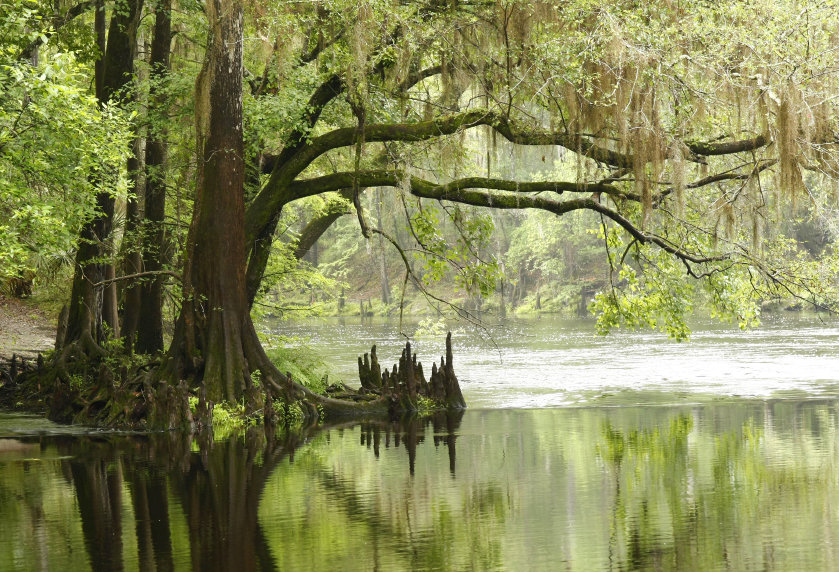 |
Do You Recognize a Wetland when You See One?
This checklist provides some general questions that can help you determine if a wetland is present at the site you want to enhance or develop. For some of the questions (especially 5–7), you may want to refer to the Corps’s Wetlands Delineation Manual.
A “Yes” answer to any of the questions may indicate that the area is a wetland.
Forget expensive calls to lawyers and consultants. With Enviro.BLR.com, you get instant access, 24/7. Try it out today and get the 2015 EHS Salary Guide, absolutely free. Download Now.
Yes No |
|
| 1. Is the site in a floodplain or otherwise has low spots in which water stands at or above the soil surface during the growing season? | ❒ ❒ |
| 2. Does the site have plant communities that commonly occur in areas having standing water for part of the growing season (e.g., cypress-gum swamps, cordgrass marshes, cattail marshes, sphagnum bogs)? | ❒ ❒ |
| 3. Does the site have soil called peats or mucks? | ❒ ❒ |
| 4. Is the site periodically flooded by tides, even if only by strong wind-driven or spring tides? | ❒ ❒ |
| 5. Are any of the wetland vegetation indicators growing on the site? | ❒ ❒ |
| 6. Are any of the wetland soil indicators found on the site? | ❒ ❒ |
| 7. Are any of the wetland hydrology indicators Identified on the site? | ❒ ❒ |
| 8. Does the National Wetlands Inventory or Local Wetlands Inventory map show a wetland on the property? | ❒ ❒ |
| 9. Does the county soil survey map show hydric soils within the site? | ❒ ❒ |
Everything You Need for Environmental Compliance
Enviro.BLR.com puts everything you need at your fingertips, including practical RCRA, CAA, CWA, hazardous waste regulatory analysis and activity, news, and compliance tools. Try it at no cost or risk and get a FREE report.
Yes No |
|
| 10. Are there natural drainage channels or swales? | ❒ ❒ |
| 11. Is the ground soggy underfoot in the spring? | ❒ ❒ |
| 12. Are there depressions where water pools for a week or more in the spring? | ❒ ❒ |
| 13. Do you avoid the area with heavy equipment in the spring to keep from getting bogged down? | ❒ ❒ |
| 14. Would you need to ditch the site to dry it out for planting or building? | ❒ ❒ |
| 15. Are seeps or springs present? | ❒ ❒ |
| 16. Dig an 18-inch deep hole and remove a clump of soil. Are there rusty red “mottles” on a gray background? | ❒ ❒ |
| 17. Is there evidence of surface scour from water flowing over the site? | ❒ ❒ |
| 18. Is there a drift line of leaves or debris caught in the stems of shrubs or lodged along an elevation contour? | ❒ ❒ |
